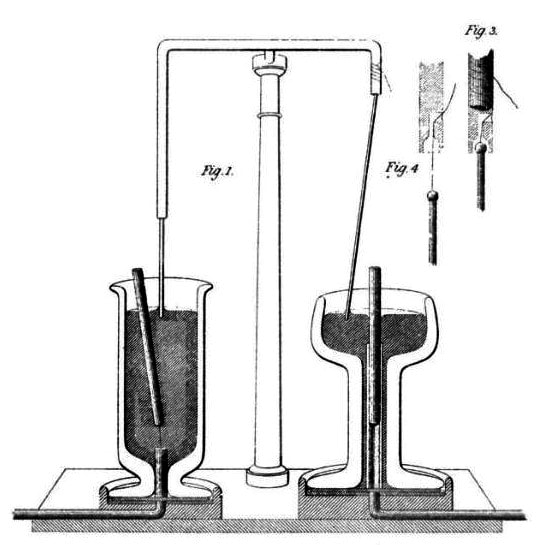Harnessing the Electron
|
In 1821, following the discovery of electromagnetism by a Danish physicist named Hans Christian Ørsted, Michael Faraday designed a device that harnesses this energy and transforms electrical current into mechanical energy. That device being the first rudimentary homopolar motor(left), which now known as a Faraday Motor. The Faraday Motor works because as the electrons flow through the wire and through a conductive liquid (in Faraday's case it was Mercury) the wire become an electromagnet. This electromagnet experiences a force that is directly perpendicular to the flow of the electrons and to the attraction of the regular magnet placed in the center. This force, or torque is what causes the wire to move in a circular motion around the magnet. |



